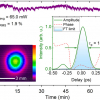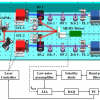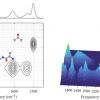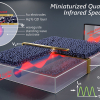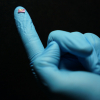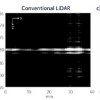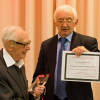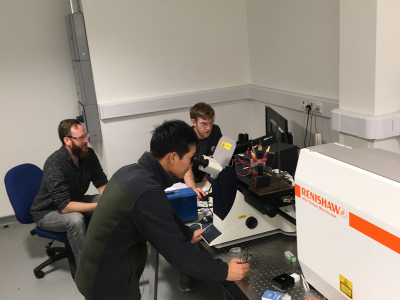
Power generation is shifting from traditional to less predictable renewable sources. Consumers are demanding faster charging and longer battery life for their products. Both trends require the development of better energy storage devices.
The Stephenson Institute for Renewable Energy, part of the Department of Chemistry, University of Liverpool, UK, is developing these devices, in the form of batteries and supercapacitors. Key to this work is understanding the interfacial processes that occur at electrode surfaces. The team, headed by Professor Laurence Hardwick, is investigating the reaction mechanisms that lead to surface layer formation and identifying the species that form these layers. It is vital to understand these since they influence the performance and safety of both metal-air and lithium-ion batteries.
Professor Hardwick’s group uses a range of in situ analytical techniques in their studies: infrared (IR) spectroscopy, x-ray photoelectron spectroscopy (XPS), UV/vis and Raman spectroscopy. Each technique has its advantages. IR spectroscopy allows them to investigate the mechanisms that lead to electrolyte decomposition during attack by the superoxide species formed during oxygen reduction in lithium-air batteries. They use XPS to study the chemical elements present in the top few nanometres of the electrode surfaces, their quantities and oxidation state. They determine the electronic state of reduced oxygen species, which can adversely affect device stability, with UV/vis spectroscopy.
Raman spectroscopy is a particularly powerful technique for this application. Hardwick’s group uses a Renishaw inVia confocal Raman microscope for this work. They can study the electrode through the electrolyte, with a high spatial resolution, with high sensitivity and non-destructively. The inverted microscope configuration of their instrument makes it easy to analyse working electrochemical cells (operando measurements), where they can identify intermediate species in reactions and study phase changes. They also get valuable information from ex situ Raman mapping measurements. For example, they identify the different discharge products produced on cathodes, and determine their distribution.
This work has helped the team to get a better understanding of the oxygen reduction reaction (ORR) and oxygen evolution reaction (OER) mechanisms, and the intermediary species that are formed. They use surface enhanced Raman scattering to amplify the electrode surface spectra, whilst electrochemically cycling the cells. This has enabled them to look at Li-ion and Na-ion cells having electrodes ranging from graphite and graphene to carbon-coated oxides.
The group’s publications can be found at https://www.liverpool.ac.uk/chemistry/staff/laurence-hardwick/publicati… and examples of the Renishaw inVia confocal Raman microscope being applied to battery research can be seen at http://www.renishaw.com/batteries.









